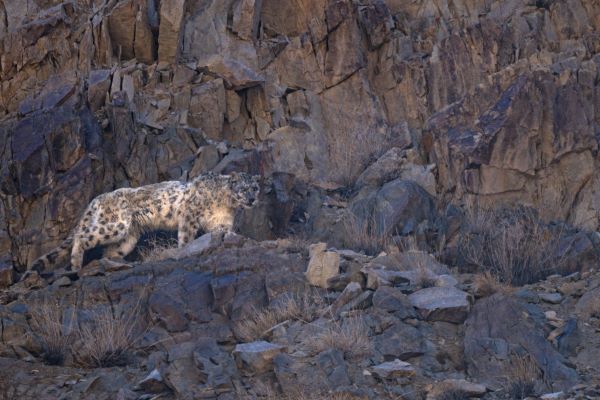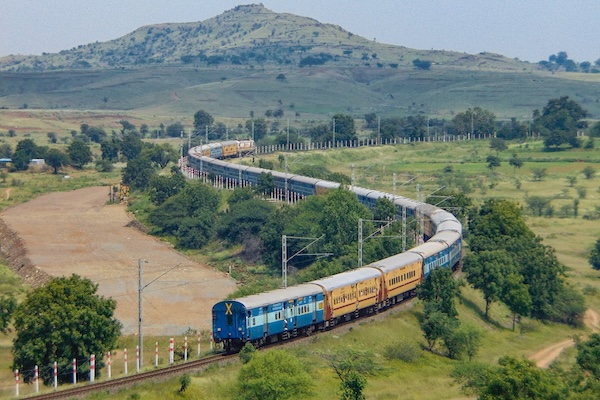.png)
April 10, 2025 at 2:38 PM IST
High in the wind-battered ranges of Ladakh, where silence wraps around every ridge like a shroud, I came face-to-face with a story that felt more elegy than encounter. This was not the usual thrill of the wild — no chase, no fresh kill, no wide-eyed predator in its prime. This was something rarer. Sadder. A glimpse of a great creature fading quietly into the stone.
This March 2025 trip was planned with a singular goal — to finally see and photograph the elusive Eurasian Lynx, a cat that had evaded me for nearly a decade and a half. As fate would have it, I was blessed with an unforgettable sighting on the very first afternoon. The following day, we searched again, scanning the terrain for over seven hours with no success. As dusk approached, my guide received a call from one of his contacts — a snow leopard had been spotted in a village called Basgo. Apparently, it had entered a house the previous night and was believed to still be around.
We made a spontaneous decision to divert to Basgo on our way to Ulley, hoping for a miracle. The House where the Snow Leopard had entered. you can see the cage left behind by the forest department.
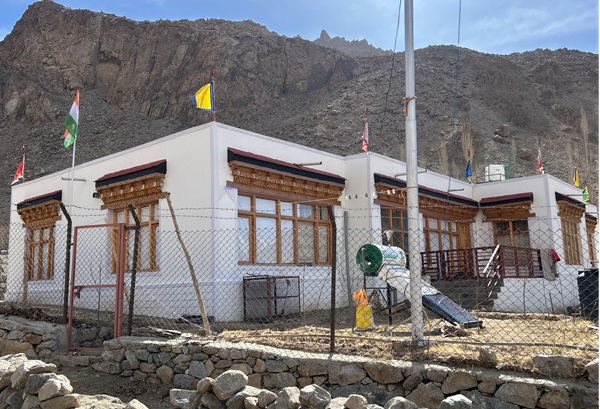
Upon reaching the village, we met the house owner, who shared that the snow leopard had taken away three puppies during the night. My guide and his team scanned the surrounding slopes for close to two hours but found nothing. We continued on to Ulley, leaving our contact number with the house owner and requesting an update should the leopard return.
On our return journey, my guide called the villager to check again — and this time the update was grim. The snow leopard had made another attempt the previous night, this time trying to kill a dog in the next village named Ney. That was the moment we realized something crucial — this snow leopard must be extremely old.
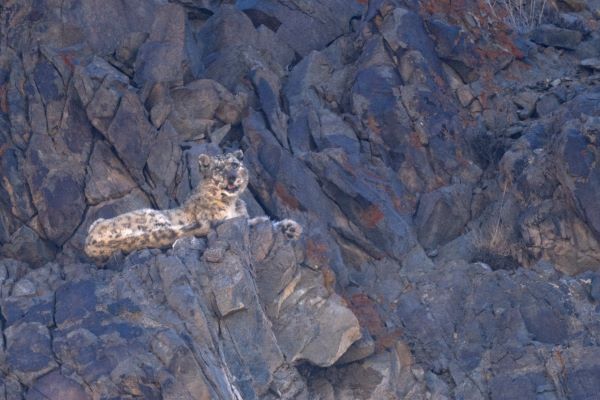
You see, a healthy adult snow leopard is a formidable predator. When it enters a sheep pen, it often ends in a frenzied bloodbath — not out of greed, but panic. With the scent of blood and the predator in their midst, the sheep scatter wildly, and the snow leopard reacts instinctively, taking down multiple animals — sometimes over twenty — but walking away with only one. It’s not malice; it’s survival in overdrive.
But here was a snow leopard trying to bring down a dog — not a sheep — and failing. That kind of struggle hinted at age, weakness, and perhaps injury.
My guide asked me to stay in the car while he and his partner searched the area. After about 45 minutes, they spotted him — crouched behind a large boulder. But by the time my guide returned to fetch me, the cat had moved up into the mountains. As we approached, he shared what he’d seen: the snow leopard looked very old, with half his nose missing — a sign of past battles and perhaps frostbite.
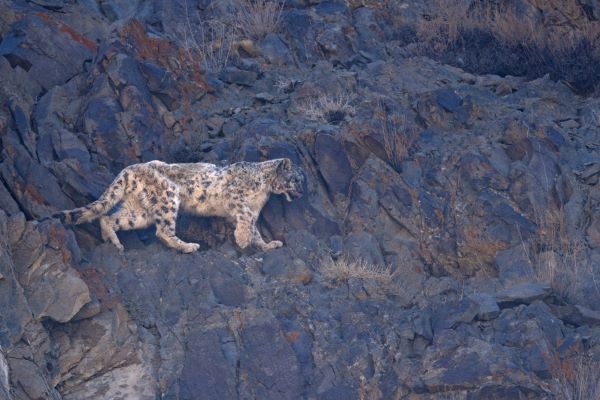
As we climbed toward the last location, he also called the local wildlife rescue team. He described the situation — an old, possibly injured leopard lingering near the village and very likely to return in search of easy prey. The rescue team requested a photograph and coordinates so they could dispatch a team to try and capture him safely.
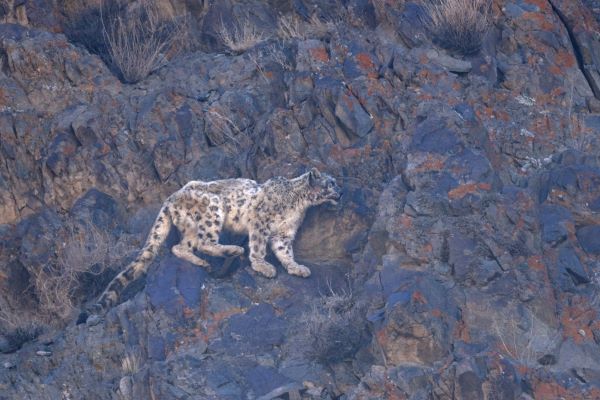
For over two hours, we watched the majestic old cat rest on a mountain ledge, the wind ruffling what remained of his battered coat. Then, slowly, he rose and disappeared higher into the cliffs — back into the silence and solitude that had defined most of his life. Hopefully, the rescue team reaches him in time, before hunger drives him back to the village, risking conflict.
Snow leopards have never been known to attack humans. But their impact on village livelihoods can be significant — killing livestock, dogs, and sometimes wiping out an entire pen in a night. Thankfully, years of effort by forest departments and conservation organisations have resulted in compensation schemes and community education. Today, many villagers choose coexistence, understanding that their fate is intertwined with that of these mountain ghosts.
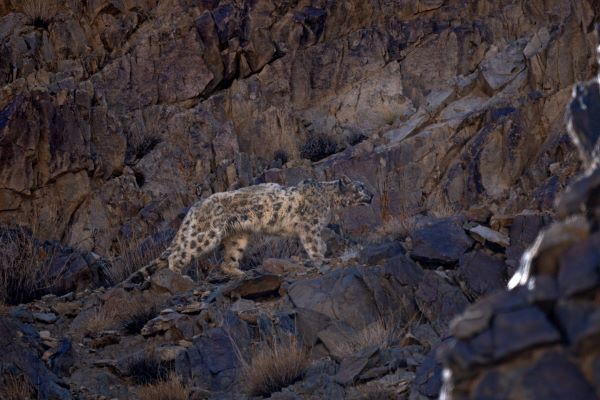
Yet, despite all our empathy, the wild plays by its own rules. In nature, there is no room for weakness. No tribe to care for the old. No second chances. It is a realm where the only law is to fight or perish.
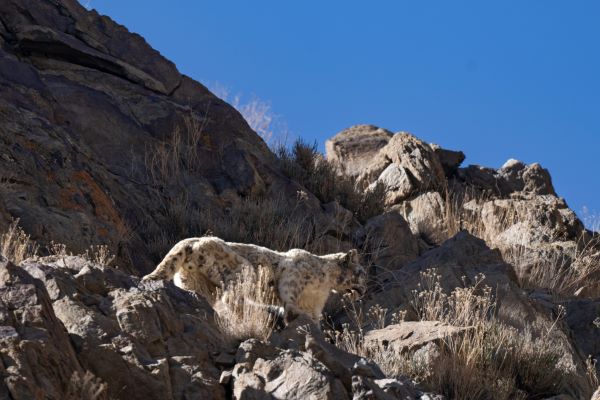
To human eyes, that can feel cruel. But in the mountains, it's simply the way of life— a raw, unsentimental dance of survival, where even the mightiest eventually fade.
https://www.shivaramsubramaniamn.com
